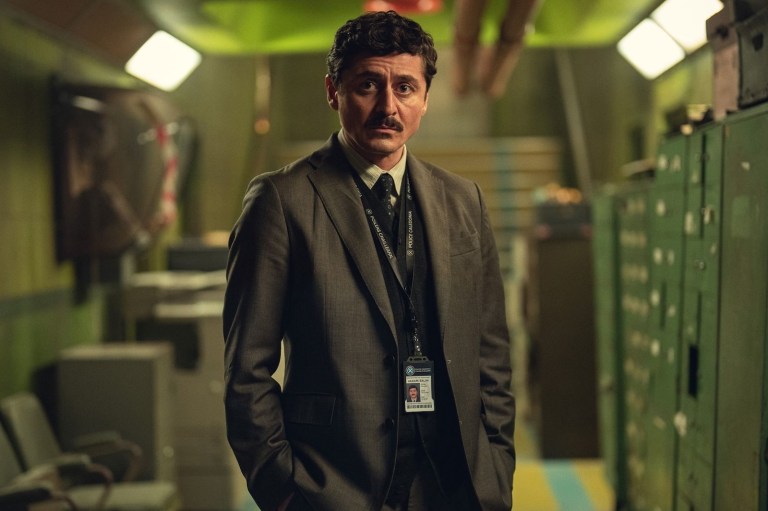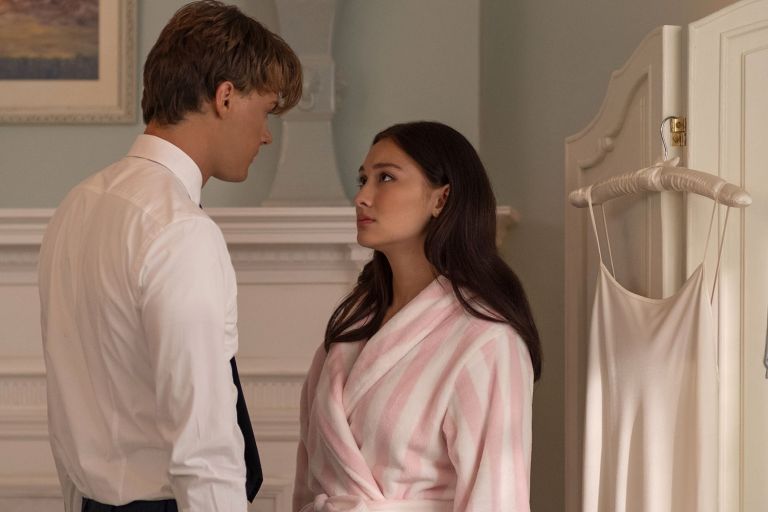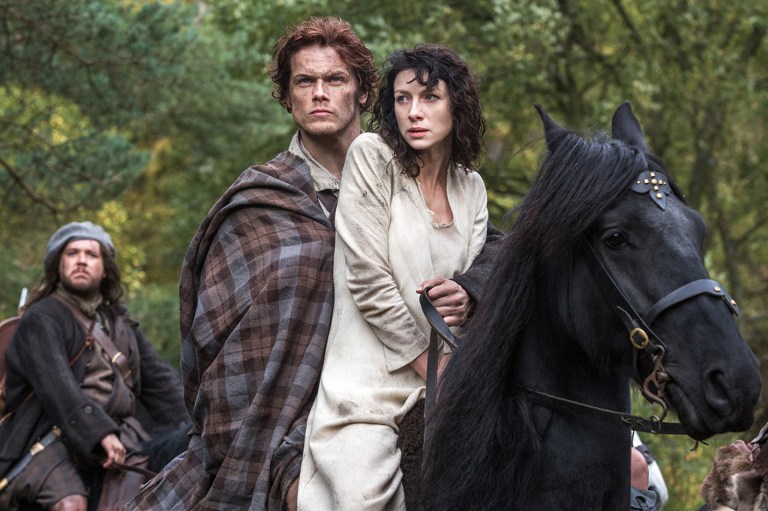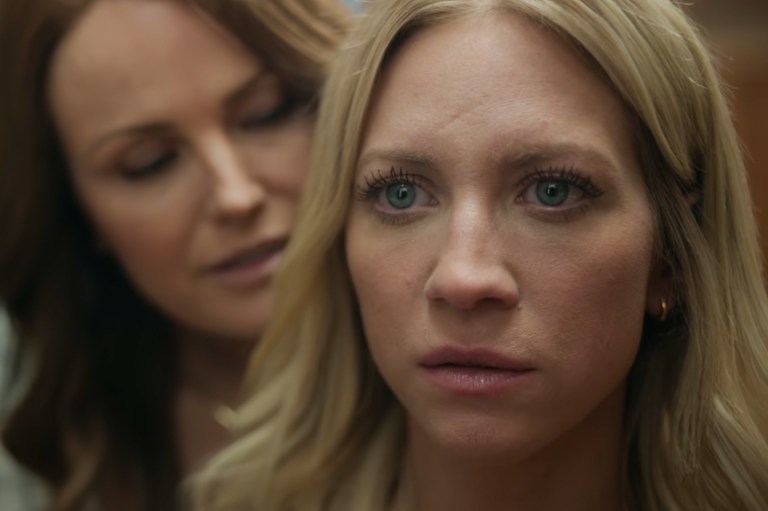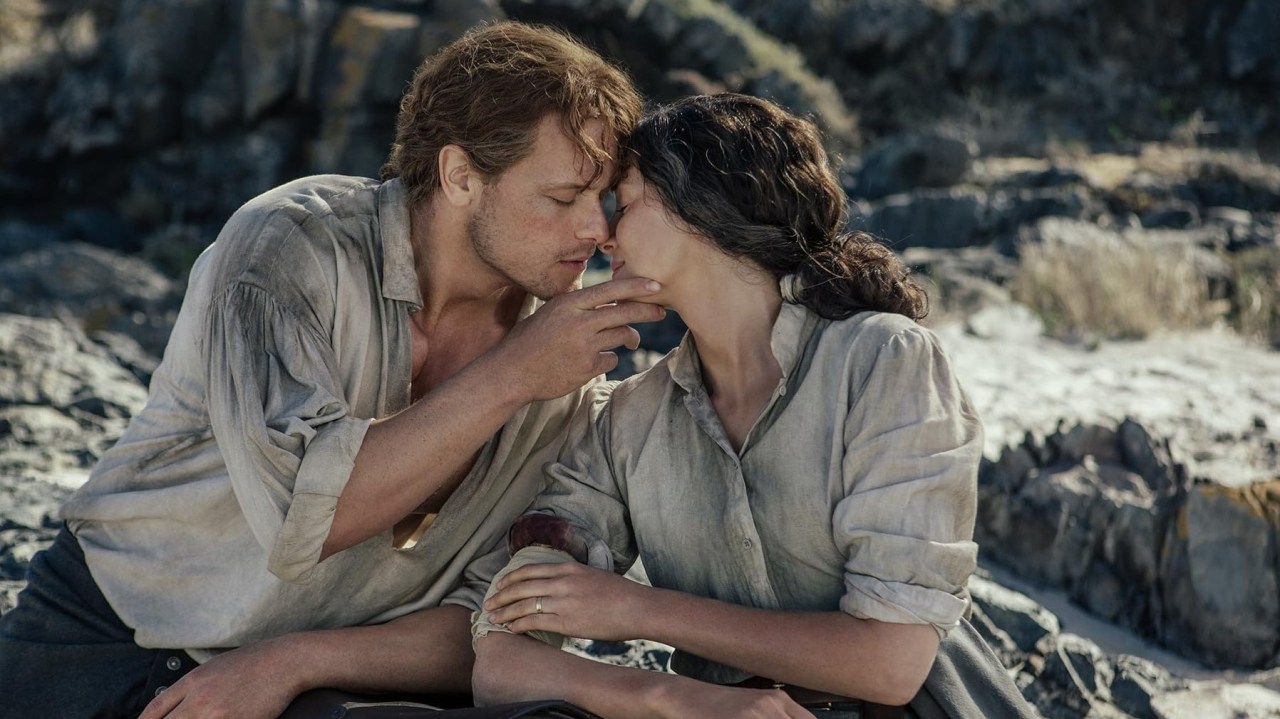
‘Outlander’ Was Never Just A Love Story, But It Forgot That Sometimes
Here’s what the show seemed to forget as it got increasingly lovesick in later seasons.
By ![]() Mishal Zafar
Mishal Zafar
Despite its steamy romance, Outlander was always meant to be more than just Jamie and Claire’s hot and heavy relationship.
Outlander hooked us with a crazy mix of time-hopping drama, historical mayhem, and steamy romance. Jamie and Claire’s love story is epic for sure, but the show was way more than just those two making eyes at each other. It juggled centuries, continents, wars, and family drama. However, somewhere along the way, the writers seemed to get more hung up on the romance while forgetting about all the other cool stuff that made the show special in the first place. Here’s a breakdown of some of the things that ended up taking a back seat to the Frasiers’ romance.
Rich Historical and Political Context
The early seasons of Outlander handled its historical backdrop with amazing detail. The whole Jacobite rebellion wasn’t just a boring event – it was the whole point. Claire and Jamie weren’t just falling in love; they were literally trying to change history and save thousands of Scottish lives. The show didn’t shy away from messy clan politics or the brutal reality of 18th-century warfare either.
But then we hit America in the later seasons, and suddenly the Revolutionary War felt like an afterthought. There was a massive world-changing conflict happening, but we got another 15 minutes of the couple gazing longingly across the homestead. Of course, the romance is great. But when it comes at the expense of the rich historical stuff that made the show unique, that’s when things get frustrating.
Claire’s Professional Growth
Claire Fraser is a force. From war nurse to pioneering surgeon across two centuries is a career trajectory for the ages. Season 3 gave us some genuinely fantastic moments of her battling sexism in 1960s medical school. And who can forget her cooking up penicillin on the frontier?
But, eventually, the show reduced her to “Jamie’s personal physician” instead of the medical revolutionary she was. Her skills became convenient plot devices whenever Jamie got himself stabbed/shot/beaten (again). The show hit its stride whenever Claire’s doctoring was treated as equally important as her love life – especially during that gut-wrenching personal loss in Season 2 when even her medical knowledge couldn’t save what mattered most.
The Nuances of Time Travel
The stones at Craigh na Dun should’ve opened up a rabbit hole of mind-bending questions. Instead, they mostly served as a plot device to separate and reunite our lovers. The show occasionally got it right – like when characters had to make impossible choices knowing future disasters. And when Brianna and Roger joined the time-travel party, there was so much potential for exploring paradoxes and consequences. But nope, most of that got sidelined for more reunion scenes. Plus, the whole sci-fi element of time travel seems to have been completely sidelined by the drama and romance.
Surviving a Harsh World
Early Outlander didn’t pull punches about how brutal the 1700s were. In Season 1’s Highland scenes, people were dirty, hungry, and one bad winter away from death. In Season 4, building Fraser’s Ridge looked like the backbreaking nightmare it would’ve actually been.
Fast forward a few seasons, though, and life at the Ridge started looking suspiciously comfortable. The constant threats that made early seasons so edge-of-your-seat tense – redcoats, starvation, disease, wild animals – faded into the background. Sure, dangers still popped up, but mostly as convenient plot points rather than the constant reality they’d have faced. The best episodes kept that tension alive – family warmth existing despite ever-present danger, not in place of it.
Developing Supporting Characters
The supporting cast is part of what makes Outlander special. Lord John Grey’s complicated feelings toward Jamie were fascinating. Murtagh’s expanded story in the American seasons actually improved on the books. But why did amazing characters like Fergus and Marsali get shortchanged with only brief appearances despite having some of the most interesting potential storylines?
Season 5 was particularly guilty – endless flashbacks to Jamie and Claire’s already well-established relationship, while other characters barely got crumbs of development. The show found its groove whenever it gave supporting characters room to breathe, like Brianna’s trauma recovery or Roger’s fish-out-of-water struggles adapting to frontier life.
Exploration of Social Issues and Human Rights
One of the coolest things about Outlander was how it used Claire’s modern perspective to highlight historical injustices. The middle seasons tackled the horrors of the slave trade head-on. Season 4 didn’t shy away from plantation slavery. The witch trial stuff in Season 5 showed religious persecution in all its ugliness.
But too often, these meaty issues got the surface-level treatment before racing back to romance. The show’s strongest commentary happened when it let these issues emerge naturally through character experiences, like the complex portrayal of Native American communities in Season 4. Even then, these meaningful storylines often got shortened to make room for more Jamie and Claire scenes.
The Concept of ‘Home’ as More Than Just a Person
The question of what makes a home runs through every season of Outlander. The first season brilliantly showed Claire’s total displacement in an alien time. Season 4 captured that satisfaction of building something lasting in the wilderness. And how powerful was it when Brianna risked everything to cross centuries looking for her family?
But too often, the show oversimplified this to just “home is wherever we’re together” greeting card sentimentality. There were so many missed chances to dig into how people build community and identity beyond just romantic relationships. The best episodes understood that home is about place, purpose, and people – not just who you’re in a relationship with.
